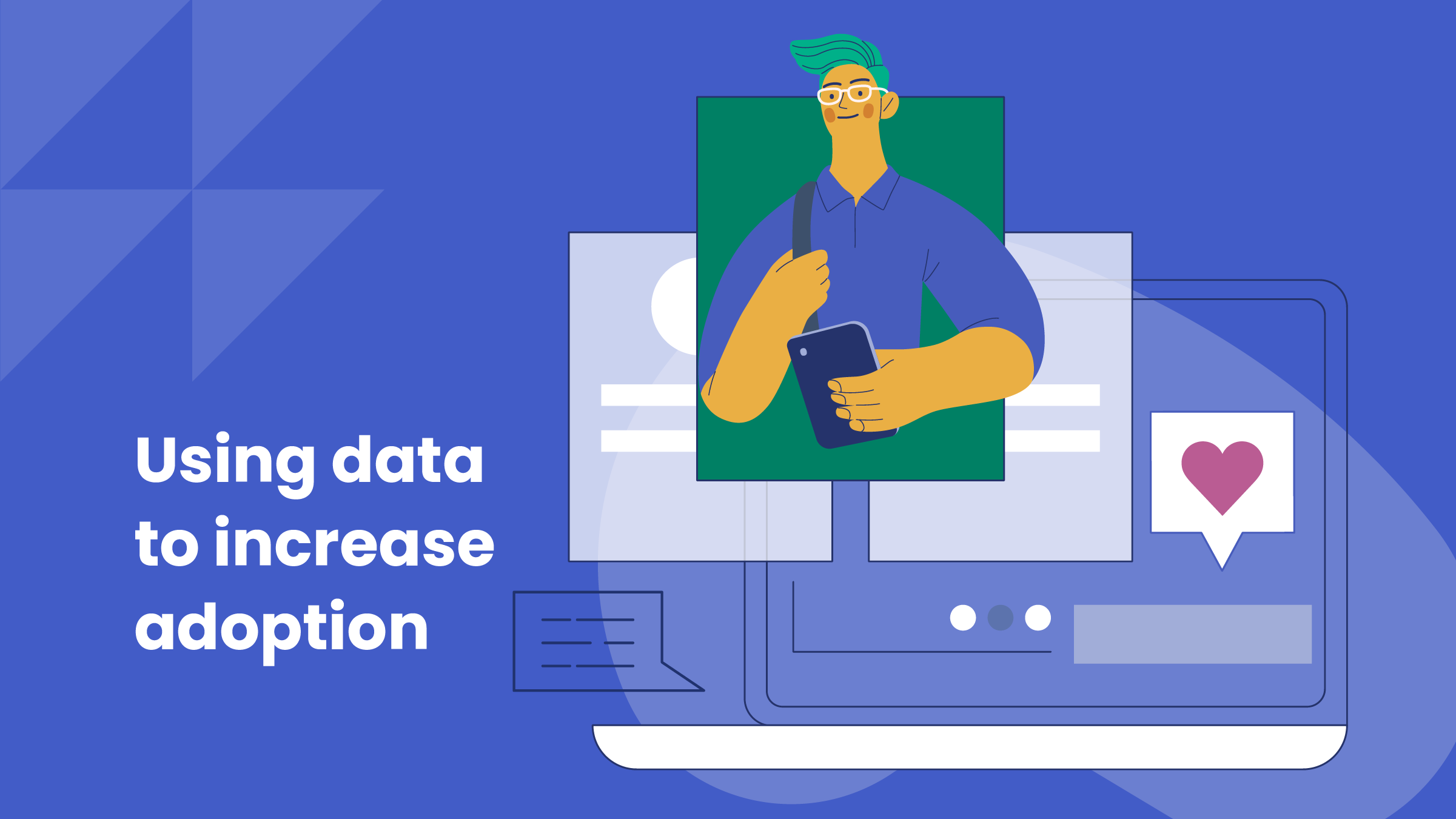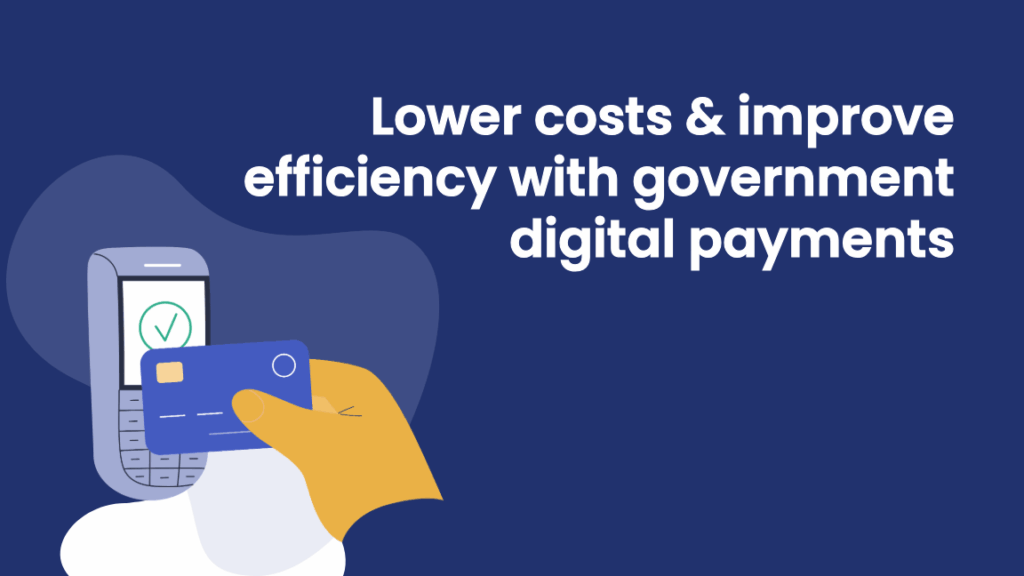How does PayIt measure adoption?

What’s all the fuss about marketing metrics? Marketing metrics are a critical part of the decision making process that leads to successful campaigns.
When we collect and analyze metrics, we use data to ensure government agencies have the information and tools necessary to encourage resident engagement and adoption.
Here’s an overview of how PayIt uses data to help clients increase adoption:
Defining Success
For us, success is directly tied to completed transactions. Our main goal is to help our agencies reach adoption goals year after year.
The adoption process (from awareness to retention) has several interconnected stages that each have their own metrics:
Stage 1: Awareness
Emails, digital ads (display, pay-per-click, search), and social media posts are vital digital elements of an awareness campaign — along with physical signage, bill placements, and direct mail. The goal is to educate residents about your new things available to them.
Success for these types of campaigns is measured by tracking click-through rates, email open rates, and overall campaign-driven brand lift.
- Click-through rate (CTR) measures the ratio of people who click on a link compared to people who view the page, email, or ad — i.e., CTR is the number of clicks to impressions.
- Email open rates are the percentage of emails opened vs. the total number sent.
- Brand lift refers to measuring the campaign’s impact on the agency’s brand.
By measuring what words, graphics, or images your target audience responds to, agencies can adjust and improve future campaigns.
A great email strategy is essential for driving adoption. For example, one of PayIt’s clients sent a property tax opening day email to 220,137 residents, of which 61.3% (137,944 emails) were opened. Further, 54,545 links were clicked. That means the CTR for this specific email was 39.5% (compared to the average government CTR of 2.8).
People respond to engaging, helpful content — something to consider while planning an agency’s adoption strategy.
Stage 2: Consideration
Resident perception of whether or not a solution is helpful to them is the start of the consideration phase. Here, you could measure page views, average time on page, or email bounce rate. Email bounce rate measures the percentage of emails that were delivered to recipients’ inboxes. This is an indicator of the health of our audience lists. One of the most common reasons an email “bounces” is that the recipient no longer has that account or the email address has been inactive for an extended period.The benchmark for bounce rate is 2% and anything above 5% requires resolution. It’s important to keep your email list clean and up to date.
But you probably want to pay special attention to the conversion rate of your call to action (CTA), whether that’s to sign up for an account or to download an app.
- To measure your conversion rate: Divide the number of conversions by the number of visitors and then multiply that number by 100. That will give you your conversion rate in a percentage.
This simple metric can reveal a lot! It gives you a pulse on the target audience and serves as a guide for the overall marketing strategy.
Stage 3: New user
The next stage of adoption is first use — for our sake, the completion of a transaction. The number of transactions by unique users is a simple and meaningful metric for proof of adoption.
What does this look like in real-life? In 2022, one of the agencies on the PayIt platform sent a Property Tax Opening Day email that saw a 61.5% open rate — ultimately helping the agency generate $5.8 million in property tax revenue via digital transactions on day one.
Another metric used to track new users is conversion rate which measures the percentage of users who make a purchase after being marketed to within your campaign. Note: We don’t consider someone to be in a campaign unless we receive a receipt that the email was delivered and that they got the text message, push notification, or email.
Stage 4: Re-Use
The gold standard of adoption success is retention.
Why? Continued use is the best signal that your residents had a good experience with a product. One of the ways PayIt measures retention is through churn rate.
- Churn is the rate that customers cease interaction with PayIt. This can be in the form of account cancellation, unsubscription, or nonrenewal.
For example, if a customer purchases a hunting or fishing license one year but does not renew their license the next year, they would be considered a “churn” customer. The agency may track its churn rate as a way to measure customer retention and identify any issues that may be causing customer churn.
What can metrics do for your agency?
Data helps your team reconcile your adoption goals. Since it can take residents multiple exposures to your message before they act, it’s important to get the right message out in the best place(s) possible. For example, did Facebook posts get a lot of engagement? Or did an email campaign drive a high percentage of account set-ups? Those are tactics your agency can iterate on (and you can suss out lower-performing tactics that might not be worth future investment). Something to keep in mind: there are some tactics that may not necessarily have directly attributed engagement or conversion but because of them, other tactics perform better.
As you continue to optimize your adoption marketing strategy (and continue gaining new users), start aiming for user retention — the gold standard of adoption success. Why? Continued use is the best signal that your residents had a good experience with your product.
Not sure where to start with your adoption strategy? Check out our guide to driving resident adoption.
Looking for more content?
Get articles and insights from our monthly newsletter.




